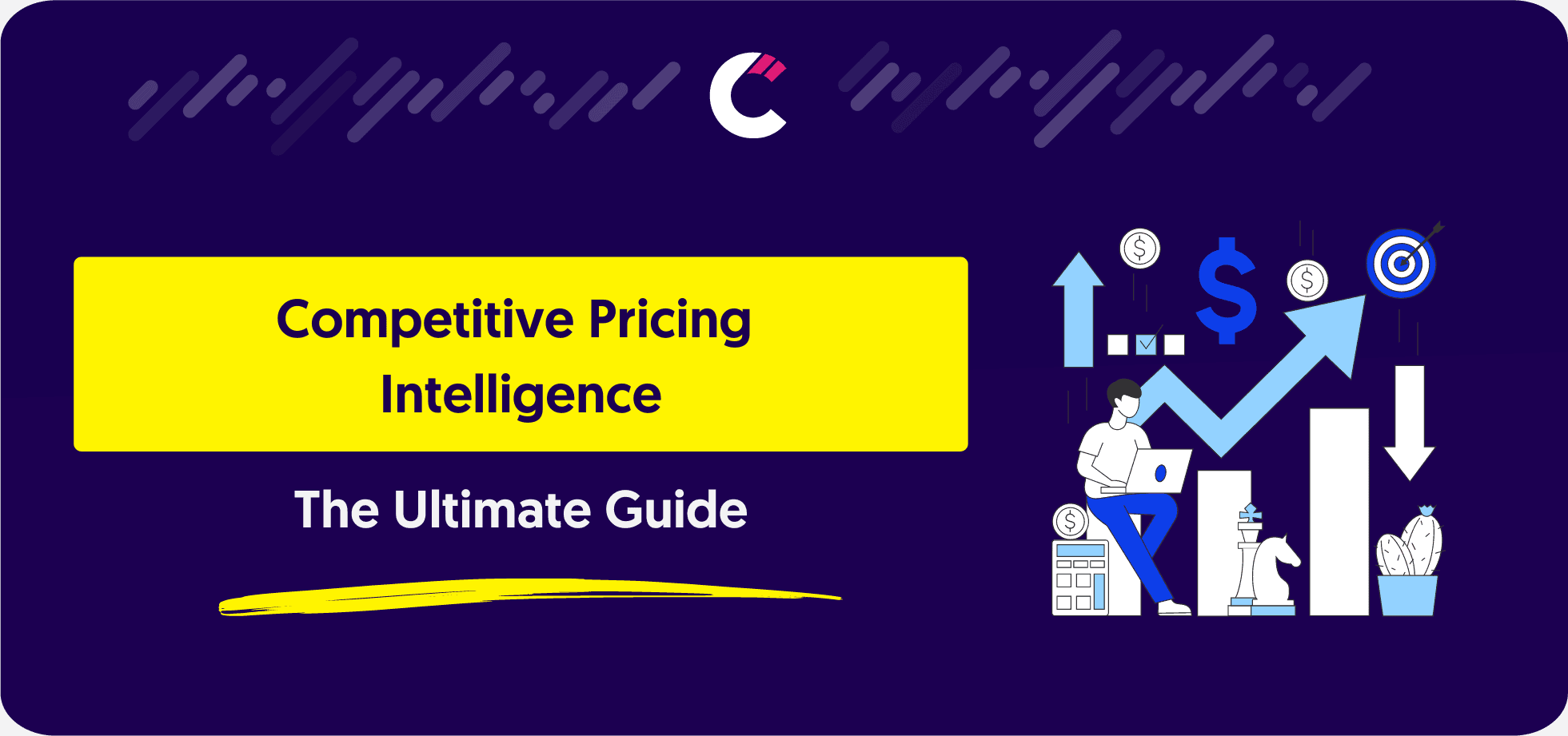
Let’s get real: Price intelligence isn’t just corporate jargon—it’s your cheat code to winning the pricing game. Imagine knowing exactly what your competitors charge, when they drop prices, and why customers pick them over you. That’s price intelligence in action.
Price intelligence is like having a spy network for pricing. It’s tracking what rivals charge, analyzing why they charge it, and using that intel to set your prices smarter. Think of it as:
Spotting trends: Are competitors slashing prices every Tuesday?
Avoiding blunders: Charging 100wheneveryoneelsecharges100wheneveryoneelsecharges50? Oops.
Maximizing profits: Finding the sweet spot where customers say “shut up and take my money.”
Real-World Example:
A coffee shop noticed the rival down the street charged 5 for lattes. They priced theirs at $ 4.50 but added a loyalty program. Sales jumped 25%—without a price war.
Price intelligence isn’t just a “nice-to-have”—it’s the oxygen your pricing strategy needs to survive in today’s cutthroat markets. Think of it as your 24/7 spyglass into competitors’ playbooks: What are they charging for similar products? When do they slash prices? Why do customers flock to their checkout page instead of yours?
Here’s why it’s non-negotiable:
Real-Time Competitive Edge: Catch price drops, flash sales, or sneaky discounts as they happen. Example: When “MegaGadget” quietly lowers their wireless earbuds to $79 on Tuesday mornings, you’ll know to match (or beat) them by lunch.
Customer Behavior Decoded: Discover why shoppers pay $50 for organic catnip but scoff at $15 for regular. Spoiler: It’s not just the cats being picky.
Profit Protection: Avoid accidental “race-to-the-bottom” pricing. Price intelligence helps you charge more confidently for premium products (looking at you, artisanal toilet paper).
Real-World Impact:
A bike shop used price tracking to notice competitors hiking prices during cycling season. They kept theirs steady but added free tune-ups. Result? 30% more sales and a 5-star review titled “Didn’t rip me off!”
1. Optimized Pricing Strategies
Find the sweet spot between “cheap” and “luxury” without guesswork. Tools like [Tool Name] analyze 1,000+ competitor prices to recommend rates that maximize sales and margins.
Pro Tip: Track prices for 2-3 “hero products” daily—it’s like having a pricing weather forecast.
2. Enhanced Market Responsiveness
React to Black Friday-level chaos before it crashes your site. Example: When “GlowGadgets” starts a 48-hour TikTok flash sale, you’ll get alerts to counter with your own promo (or sip coffee while their stock sells out).
3. Improved Profit Margins
Stop leaving money on the table. Price intelligence tools flag overpriced duds (nope, no one’s paying $200 for a garlic press) and underpriced gems (your $25 scented candles could be $35).
4. Strategic Stock Management
Predict demand spikes like a psychic. If competitors are suddenly stocking up on beach umbrellas in January, maybe there’s a hidden trend (or Floridians are planning something).
5. Better Customer Insights
Learn exactly what makes shoppers click “buy”:
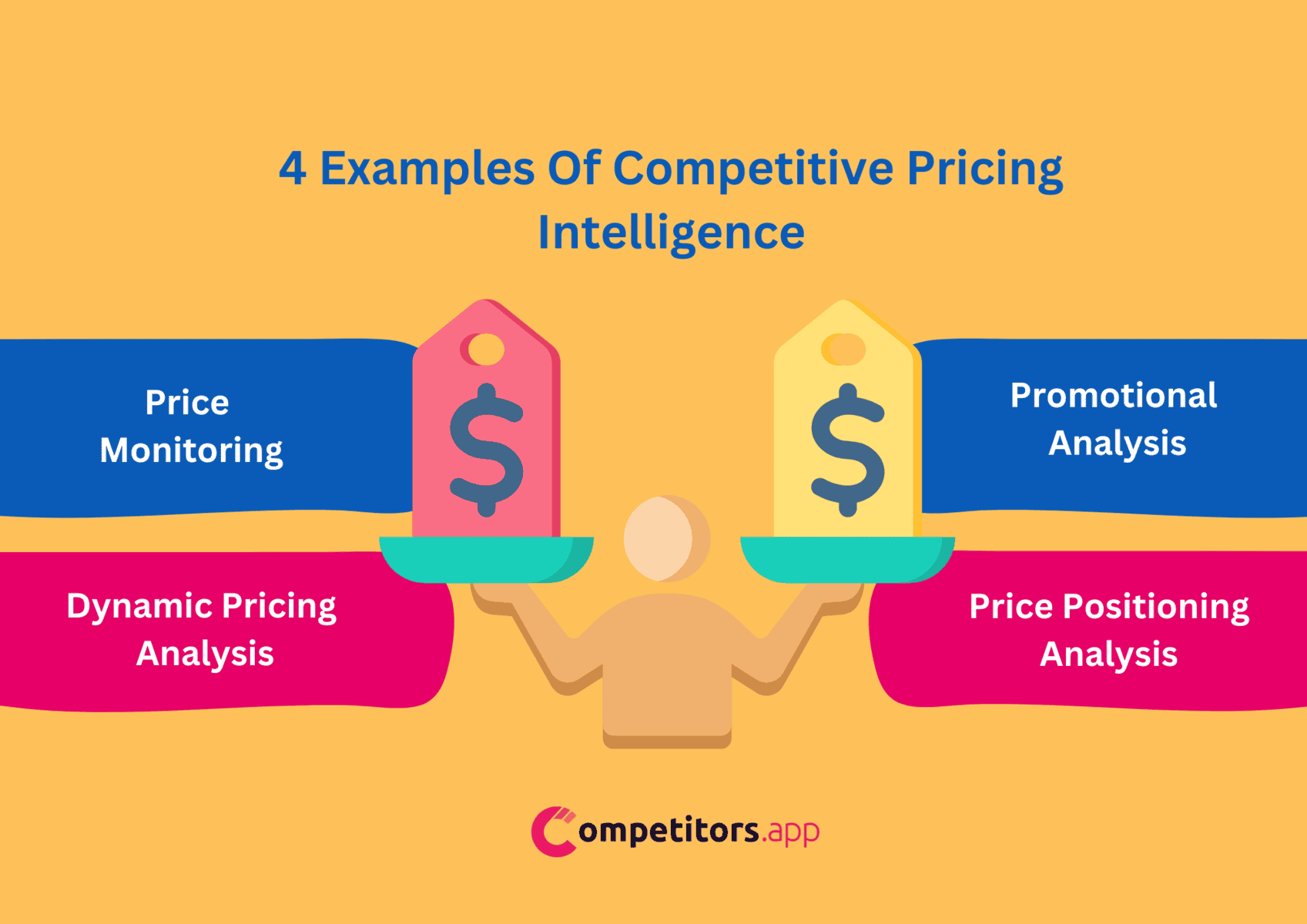
Competitive pricing intelligence transforms a vast array of data into actionable insights. Here are four practical examples of how businesses apply this intelligence:
Price monitoring involves tracking the prices of key competitors for similar products over time. This continuous observation helps businesses understand pricing trends and tactics in their industry, enabling them to adjust their own prices in a timely and relevant manner.
This aspect of price intelligence looks at the promotional activities of competitors, such as discounts, limited-time offers, and bundled deals. Understanding these tactics allows companies to craft compelling counter-offers and promotions that can attract price-sensitive customers during critical buying periods.
Dynamic pricing analysis involves using algorithms and real-time data to adjust prices automatically based on market demand, competitor prices, and other external factors. This strategy is particularly prevalent in industries like hospitality, travel, and online retail, where price fluctuations are common.
Price positioning analysis helps businesses determine how to position their products in the market in terms of price points. This involves analyzing competitors’ pricing structures and identifying opportunities for differentiation. For instance, a business might position itself as a premium provider by pricing higher but coupling those prices with superior service or product quality.
In a market where timely information is as valuable as the products sold, selecting the right competitive price intelligence tools is crucial. These solutions offer businesses the ability to not only monitor prices but also gain insights into market trends, competitor strategies, and consumer behavior, all of which are essential for maintaining a competitive edge.
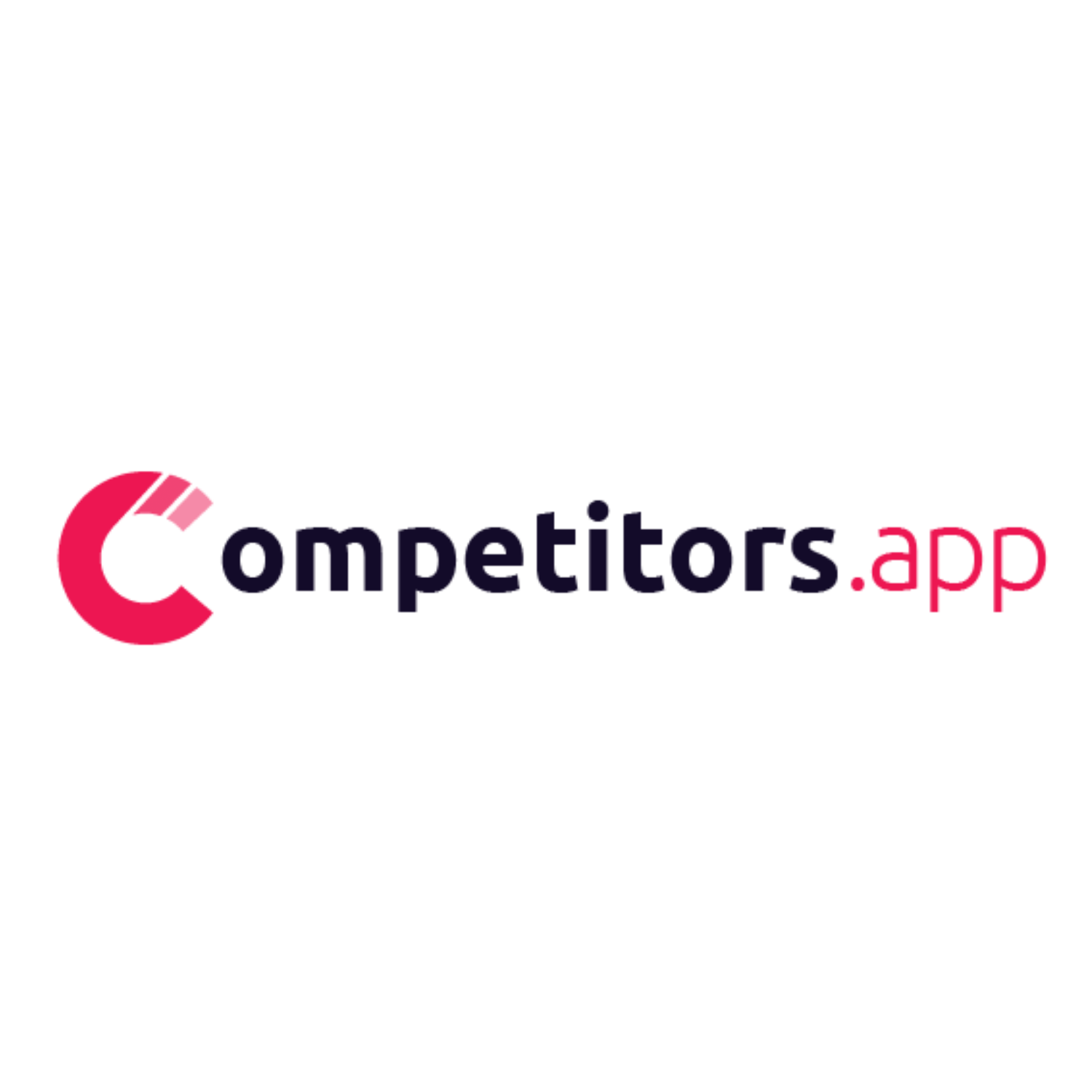
Competitors.app is invaluable for those who want an all-encompassing view of their rivals' activities, enabling a multifaceted approach to competitive intelligence.When it comes to pricing intelligence it allows to effectively track Competitors pages and see changes that they are making including their pricing.

This tool offers automated services that monitor not just prices but also product changes, news, and reviews across various digital channels, providing a holistic view of the competitive landscape.
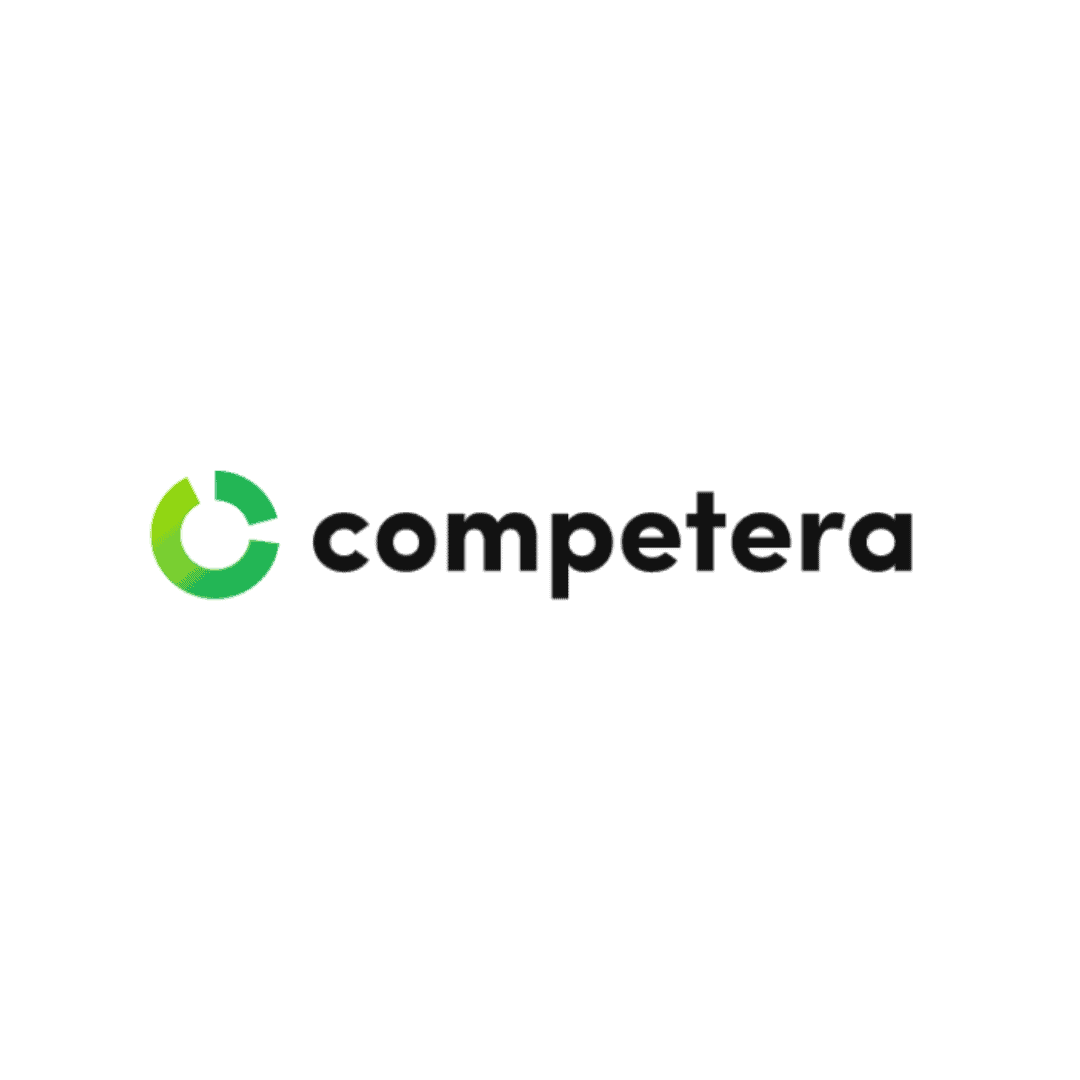
Known for its pricing platform that provides demand-based pricing optimization, helping businesses adjust their prices in real-time based on market conditions.
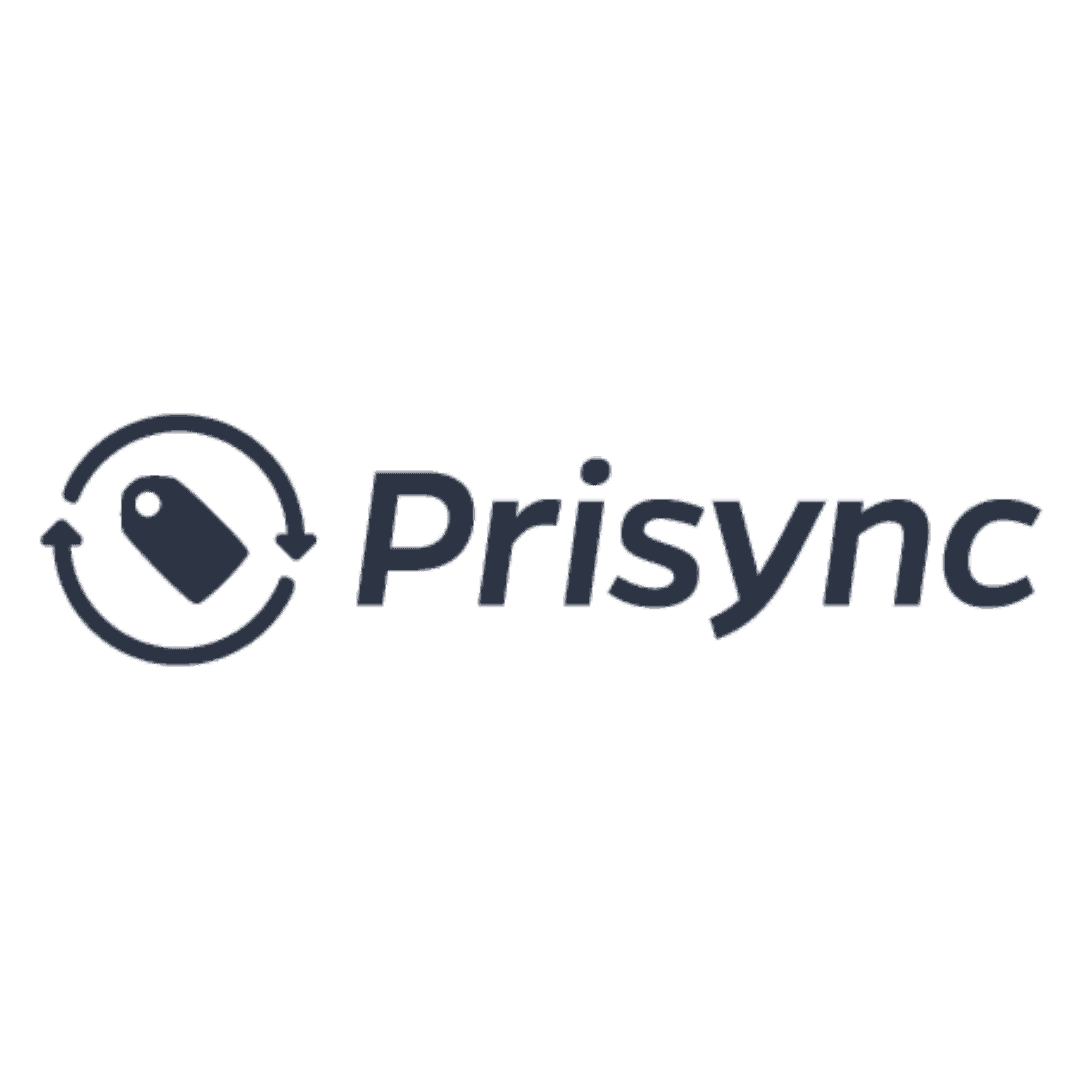
It offers a comprehensive dashboard that helps e-commerce businesses track competitor prices and stock availability across multiple countries and currencies.
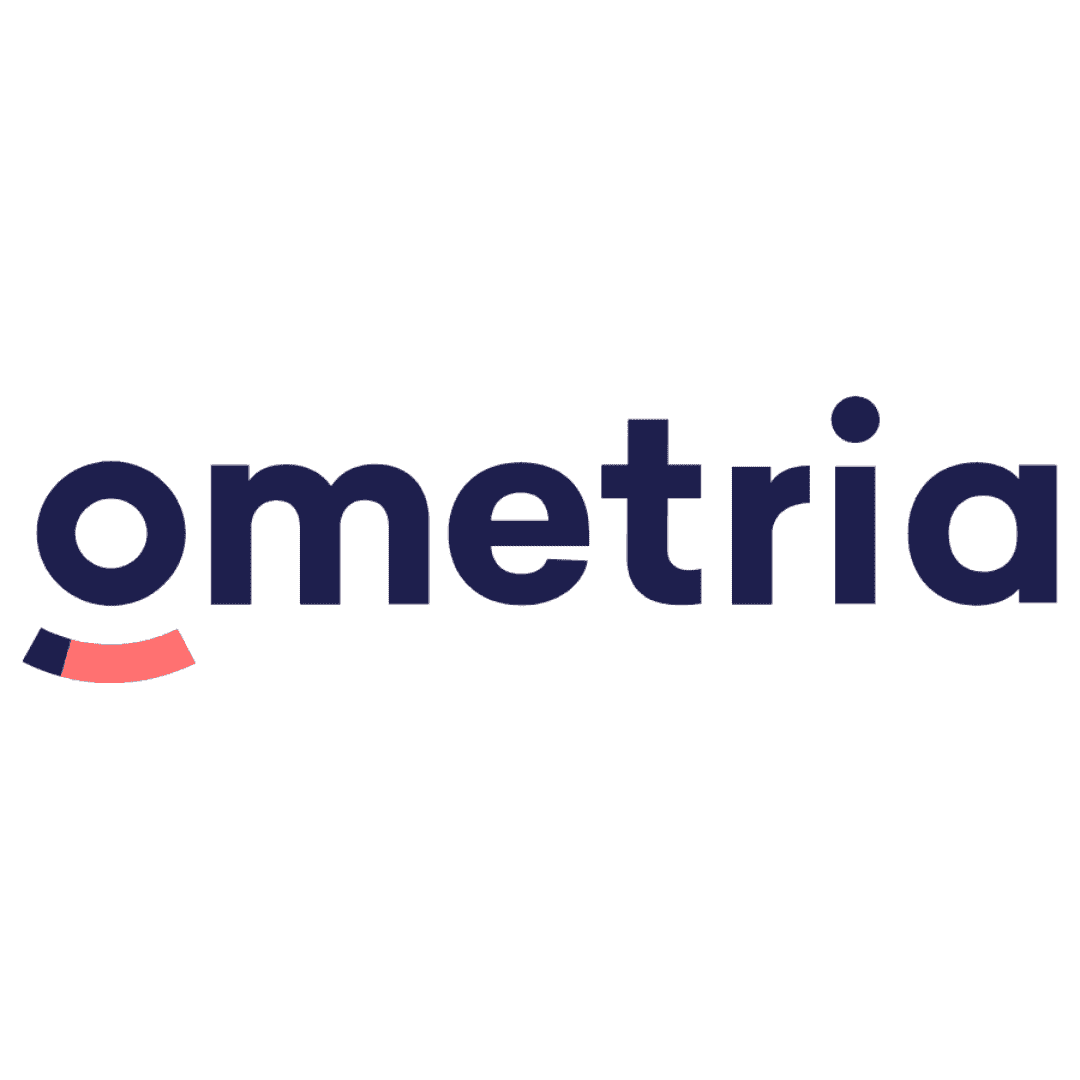
This tool is tailored more towards customer data analysis but integrates pricing intelligence to offer personalized pricing strategies based on customer behavior patterns.
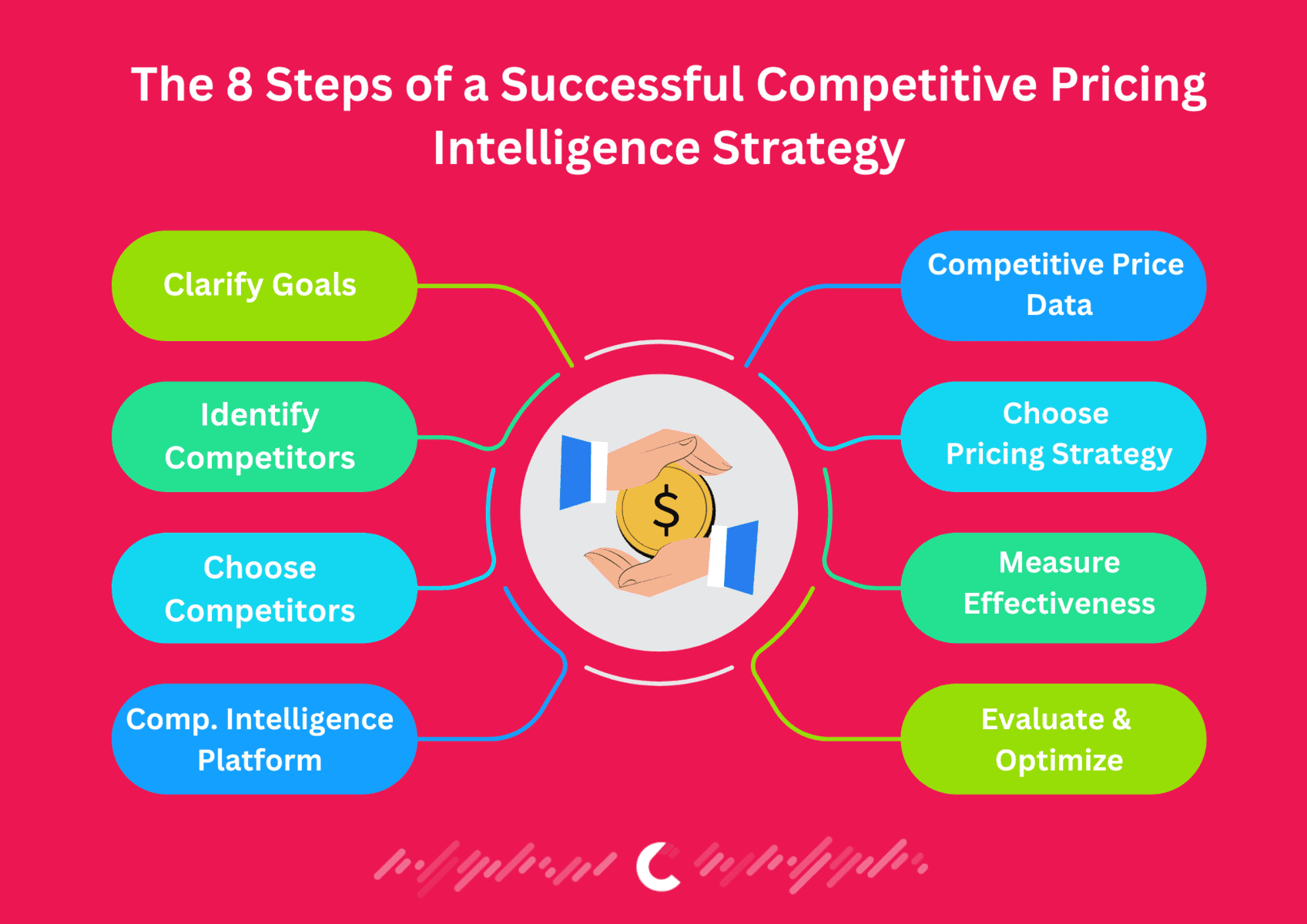
Think of this as your pricing strategy GPS—no U-turns, no “recalculating,” just cold, hard directions to profit town 🚗💨.
Translation: What’s your pricing North Star?
Want to crush competitors like soda cans? 🥤 → Goal: Market domination
Trying to stop profit leaks? → Goal: Margin rescue mission
Just don’t wanna look clueless? → Goal: ”Please don’t bankrupt us” mode
Pro Tip: Write goals like you’re texting a friend: “Increase margins by 15% in 6 months without losing Karen’s Craft Store as a client.”
Not all competitors matter. Your real foes are:
✅ The Copycat: Sells identical products (looking at you, $5 “artisan” candles)
✅ The Bully: Dominates Google’s first page for YOUR keywords
✅ The Trendsetter: Their prices make headlines (”Wait, they charge HOW MUCH for a water bottle?!”)
Warning: Tracking Walmart when you’re a boutique store is like bringing a spoon to a knife fight.
Focus on:
Market Share Sharks: Competitors owning 20%+ of your niche
Product Twins: Rivals selling your doppelgänger products (same features, same audience)
Price Puppeteers: Brands that trigger industry-wide price swings
Example: If you sell eco-friendly yoga mats, ignore the $9.99 Amazon basics version—they’re playing a different game.
Tools like Competitors.App are your lazy genius BFF—they auto-stalk competitors so you don’t have to. Benefits:
✅ 24/7 Price Tracking: Alerts when Competitor X drops prices at 3 AM
✅ Promo Spy Mode: Sees their holiday sales before they announce them
✅ Demand Predictions: “Psst… hiking backpacks will trend next month”
Go full Sherlock on:
Prices: Obvious, but track how often they change
Promos: “Buy 1, get 1 free” tactics or sneaky email discounts
Customer Tantrums: Reviews like “Overpriced!” or “Worth every penny!”
Fun Fact: 82% of shoppers check 3+ sites before buying (RetailMeNot). Your data helps you be the 3rd site.
Pricing Strategy 1: Dynamic Pricing
AKA “Surge pricing for non-Uber drivers.” Perfect if:
Pricing Strategy 2: Price Matching
The “I’m not scared of you” move. Works if:
Warning: Check local laws—some regions ban price matching (seriously).
Pricing Strategy 3: Value-Based Pricing
Charge $100 for a ”luxury” water bottle because:
Pricing Strategy 4: Psychological Pricing
Because $19.99 feels like stealing, but $20 is a hard pass. Use for:
Metrics that matter:
📈 Sales Velocity: Did your $5 price drop move products 2x faster?
📉 Margin Meltdowns: Did “dynamic pricing” accidentally start a price war?
😡 Customer Rage: Are reviews saying “scam” or “steal”?
Pricing is a never-ending game of tag. Monthly check-ins:
Ditch What’s Dead: If tracking 50 competitors burns your team out, drop the bottom 20.
Steal What Works: Copy Competitor X’s “free shipping over $50” trick.
Experiment: Test “$14.99 vs. $15” on different product pages.
Let’s face it: Sharing pricing data can feel like explaining quantum physics to a golden retriever. Here’s how to make stakeholders care:
TL;DR: Sales teams want ”What’s our discount strategy?” Execs need ”Will this boost Q4 profits?”
For Sales Teams:
→ ”Competitor X is offering free shipping—here’s how we counter” (add 🚨 emojis for urgency)
For Execs:
→ ”Price-matching Competitor Y could save $500K/year (or start a price war—you decide)”
Pro Tip: Use memes in internal decks. Example: ”When Competitor Z drops prices” + GIF of Panic Cat.
Make data bingeable:
✅ Real-Time Alerts: “Price Drop Detected on Competitor’s Bestseller!” (think iPhone notification drama)
✅ Drag-and-Drop Filters: Let teams check prices by region, product, or ”How desperate are we?” mode
✅ Profit Predictions: Show how a 5% price hike could play out (spoiler: cha-ching or angry Twitter mobs)
Workshop Agenda:
”What’s Our Villain Origin Story?”: Who’s undercutting us? (Plot twist: It’s Competitor A)
”Taylor Swift Mode”: Gameplan to shake off competitor moves (”Look What You Made Us Do” pricing)
”Wins & Facepalms”: Review last month’s pricing fails (RIP the $1,000 desk plant typo)
Pricing Intel 101 for Newbies:
Lesson 1: Why tracking Competitor B’s $9.99 tactic matters (spoiler: 73% of shoppers compare prices first)
Lesson 2: How to explain “dynamic pricing” to Grandma (”It’s like Uber for your yoga mats”)
Stat Punch: Companies with trained teams see 34% faster price adjustments (Source: Forrester).
Create a #pricing-wins channel:
”Competitor C just imploded their prices—time to strike?”
”PSA: Competitor D’s ‘flash sale’ is a dumpster fire (screenshot proof)”
”We just won ‘Best Price’ on Product X! 🎉”
Ecommerce is a highly competitive and dynamic environment where pricing can significantly influence consumer behavior and overall sales performance. Here are three tips to ensure effective use of pricing intelligence in the ecommerce sector:
1. Leverage Technology for Real-Time Pricing: In the fast-paced world of ecommerce, prices can change rapidly in response to competitor actions and consumer demand. Utilizing pricing intelligence software that offers real-time data and automated pricing adjustments can help ecommerce businesses stay competitive and responsive to market shifts.
3. Analyze Historical Data for Seasonal Trends: By examining past pricing data and sales performance, ecommerce businesses can identify trends and patterns associated with different times of the year. This analysis helps in setting strategic prices ahead of peak shopping seasons or promotional periods, maximizing profitability.
Large E-commerce Platforms: One notable success story involves a major e-commerce platform that implemented competitive pricing intelligence to monitor daily price changes of competitors. By leveraging this data, the platform could adjust its pricing strategies in real-time, which led to a substantial increase in sales and market competitiveness [read more]

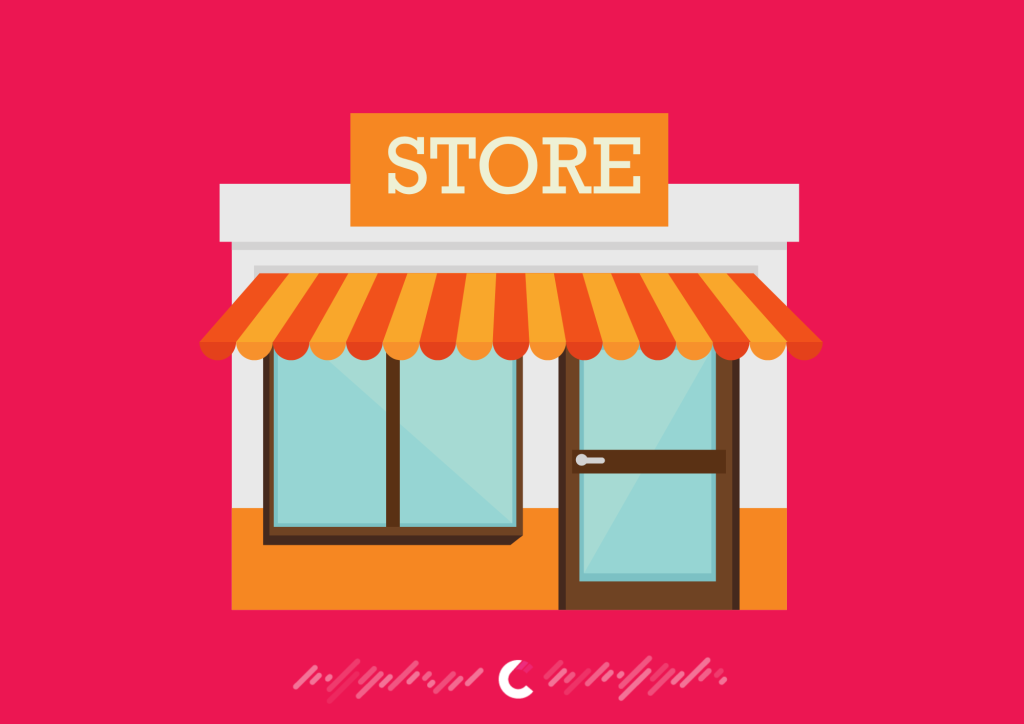
Retail Chains: A well-known retail chain utilized pricing intelligence to optimize their stock levels and pricing in accordance with competitor price changes and market demands. This strategic approach allowed them to increase customer retention and profitability significantly [read more]
Electronics Retailers: Electronics retailers have found competitive pricing intelligence particularly beneficial. By continuously tracking competitor prices and promotions, one retailer was able to implement strategic discounts and promotions, aligning their offers with market expectations and boosting their sales volume [read more]
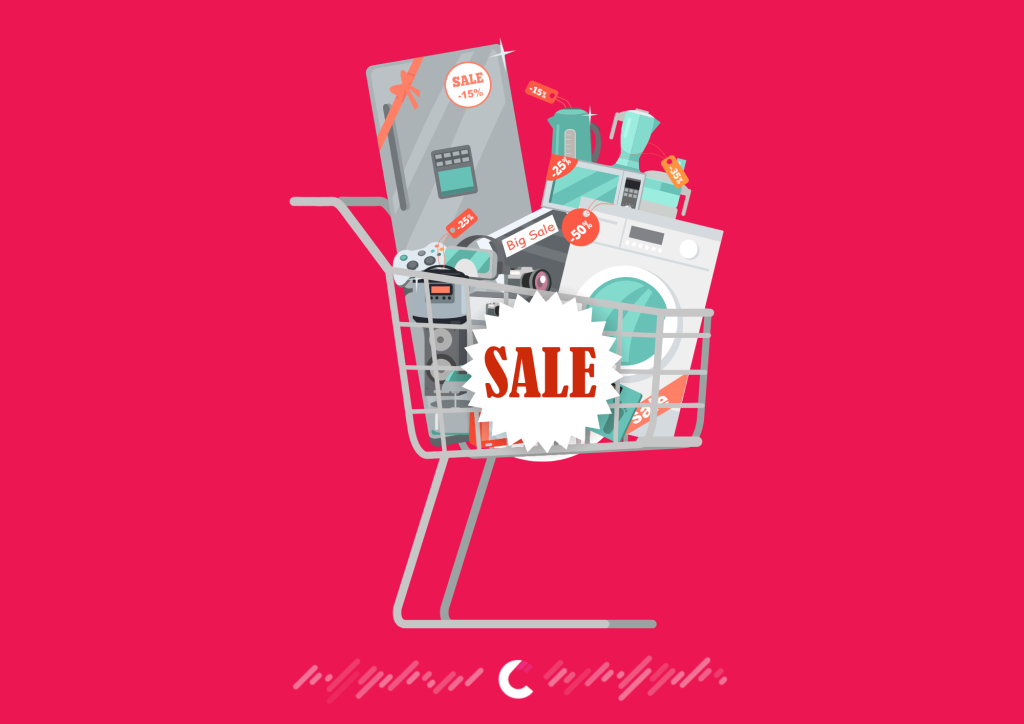
Let’s get real—price intelligence sometimes feels like trying to parallel park a semi-truck during a hurricane. I’ve been there. Here’s the messy truth no one talks about (plus how to fix it without crying in the supply closet):
My Dumb Moment: Tracked 50K SKUs once. Ended up sobbing over a spreadsheet at 2 AM.
Fix It Like a Human:
Nuclear Option: Delete 80% of your tracking. Keep the 20% that matters (your bestsellers + whatever’s trending on TikTok).
Hot Take: Tools with “Oh Crap” filters > fancy AI dashboards. Fight me.
Why This Works: Humans suck at multitasking. Robots don’t. Beat them by being lazy.
Story Time: My intern once typo’d “$10” as “$100” for toilet paper. We sold 3 packs. To a doomsday prepper.
Not-Boring Fixes:
→ Source Snobbery: Use tools that update prices faster than your ex updates their dating profile.
→ Lie Detector Test: Cross-check 3 sources. If 2 say $50 and 1 says $5, assume someone’s drunk.
Hypothetical Disaster: Your competitor drops prices at 9 AM. You find out at 5 PM. Sales flatline. Boss side-eyes you.
Chaotic Fix:
→ Tools That Go “Brrrrrt”: Like those Trader Joe’s cashiers. Speed. Is. Everything.
→ Meme Strategy: Set Slack alerts to “RED ALERT” gifs for price crashes.
True Crime Angle: Some rivals cloak prices like they’re in Witness Protection.
Shady (But Legal) Fixes:
→ Plan A: Check their site incognito. Delete cookies. Pretend you’re a grandma from Nebraska.
→ Plan B: Hire a college student to “secret shop” and screenshot prices. Pay them in pizza.
My Trauma: Spent 6 months trying to connect our CRM to a pricing tool. They still hate each other.
Unhinged Fix:
→ API Therapy: Force your tools to talk. Threaten to replace them with a hamster wheel.
→ Pro Tip: Start with ONE integration (price + inventory). Celebrate small wins. Eat cake.
Confession: I once scraped a competitor’s site so hard their server crashed. Got a scary lawyer email. 0/10 do NOT recommend.
How to Not Get Sued:
→ Scrape Gently: Like petting a feral cat. Slow. Respectful. Ready to run.
→ Compliance Hack: Google “price scraping laws [your country]”. Skim the first result. Panic. Do the opposite.
Collecting data should be a continuous process, especially in dynamic sectors like ecommerce. The frequency can vary based on industry volatility, but generally, daily updates are recommended.
If competitors use dynamic pricing, it’s crucial to implement similar technologies that allow for real-time pricing adjustments to ensure competitiveness.
Yes, as long as the data is collected through legal means and used in compliance with all applicable laws and regulations.
Absolutely. Even small businesses can leverage simpler forms of pricing intelligence to remain competitive and responsive to market changes.
Maintaining a competitive edge requires ongoing monitoring, analysis, and adjustment of pricing strategies based on up-to-date competitive intelligence and changing market conditions.
Competitors App SRL
support at competitors.app
Sanzienelor 3, Sibiu, Romania
+1 (302) 208-7954